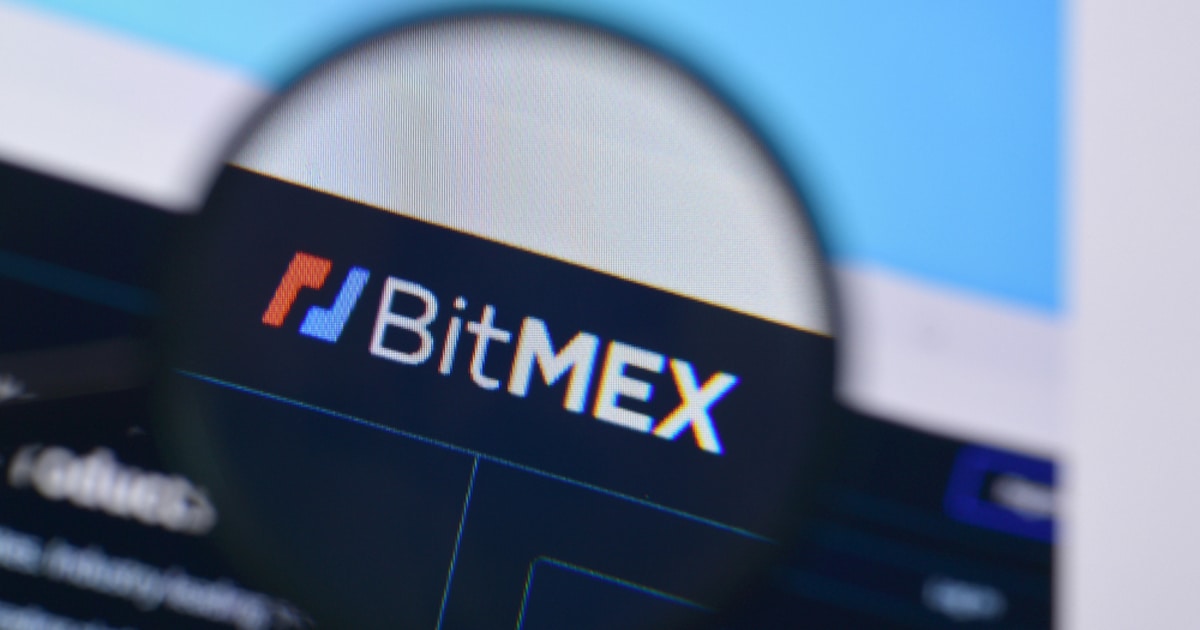What types of sourcing are there?

Sourcing is not just a concern for procurement teams. As consumer and stakeholder expectations for ethical and responsible supply chains increase, who supplies an organization’s goods and services is also a consideration for C-suite executives.
The sourcing process lies within supply chain management and is used to identify, research, and select the best suppliers. It is different from the procurement process. Think of it this way. Sourcing is the “who” (the suppliers themselves) and procurement is the “what” (goods and services).
The most common sourcing types are:
outsourcing
Outsourcing is the use of a domestic or foreign third party to perform an activity or provide goods or services that would normally be provided in-house. Companies typically outsource similar non-core tasks and functions throughout the organization, including back-office operations (accounting, IT, human resources) and front-office operations (sales, marketing, customer support). The main motivation for outsourcing is cost savings. Flexibility to increase or decrease features and products or services as needed; Increased access to certain technologies or raw materials.
With the trend of digital transformation, many organizations are strengthening their operations through business process outsourcing. This has fundamentally changed the outsourcing market. Companies are now moving beyond offshore outsourcing and labor arbitrage to leverage artificial intelligence (AI) and automation to increase efficiency and modernize processes.
Subcontracting falls under outsourcing. This involves outsourcing certain tasks or duties to subcontractors or service providers. Subcontracting is common in more complex industries such as construction and is often a temporary arrangement.
Insourcing
The most suitable supplier may be in-house. Insourcing utilizes internal resources, such as specific individuals or departments, to perform tasks that could or were previously possible to be outsourced. Keeping tasks and functions in-house can provide a competitive advantage because your organization can experience greater consistency across products and services.
Although often a cost-saving strategy, insourcing can also give an organization greater control over its activities and increase speed of execution. This is because the necessary resources already exist within the organization. All employees performing those jobs are already familiar with your company’s culture, products, services, and customer base, so they may need some training or upskilling. However, in some situations, an insourcing model may choose to bring new employees or processes into the organization to achieve specific goals.
Near sourcing
Near-sourcing, also called near-shoring, means moving sourcing activities closer to where the goods or services are sold. This can be considered an alternative outsourcing strategy. Outsourcing to a distant country may result in lower labor costs, but logistics may be more difficult and expensive to manage. Outsourcing to a closer location makes partner relationships easier to manage and reduces transportation costs and delivery lead times. In some cases, contracted suppliers may continue to operate in neighboring countries, such as U.S. companies outsourcing to Mexico.
Near-sourcing can also reduce risk. For example, supply chain disruptions are difficult to predict. However, because the factory or warehouse is closer to the recipient of the final product or service, customer deliveries are less likely to be delayed or canceled in the event of a natural disaster or geopolitical unrest.
single sourcing
Single sourcing (or single supplier) is choosing only one supplier for all raw materials, goods, and services. This allows you to create product exclusivity with unique ingredients and reduce the time spent negotiating contracts and selecting suppliers. Single sourcing also simplifies the supply chain, making it easier for organizations to ensure high-quality products and maintain ethical sourcing standards.
Single sourcing is often used interchangeably with sole sourcing, but the two terms are different. Single sourcing is a specific sourcing strategy where a company selects only one supplier but has other options available. On the other hand, a sole source strategy is a situation where there is only one supplier for a particular product or service, leaving the company with no alternative.
global sourcing
Global sourcing is the sourcing of goods or services from suppliers in global markets. This gives businesses access to affordable resources, incentives such as tax breaks, and technologies that are potentially unavailable in their region. Global sourcing is not synonymous with low-cost country sourcing, although outsourcing services based in India, China, and Eastern Europe are typically exemplified. Because the latter depends on lower labor and production costs. In contrast, companies may engage in global sourcing when skilled workers are difficult to find locally. Even if companies don’t save money through this.
As mentioned above, companies leverage global sourcing to access advanced technologies and technologies through business process outsourcing. However, the COVID-19 pandemic and recent supply chain disruptions due to climate change have exposed the risk of relying on suppliers, technology and partners in remote locations for operations.
joint venture
A joint venture is a partnership between organizations to achieve a goal. By working together and combining strengths and resources, organizations can achieve more, faster than when working on projects independently. Cost savings can also be expected by sharing labor and technology. technology and innovation; marketing and advertising budget; Other well-established functions and processes, such as manufacturing or logistics, are also included. For example, joint ventures can leverage the economies of scale of larger organizations to produce goods or services at cost advantages that smaller companies cannot achieve. On the supply chain side, joint ventures can increase bargaining power with suppliers and reduce risk.
For organizations that work with companies in foreign markets, joint ventures also provide opportunities for exposure to a wider audience. In the same vein, companies that partner with brands with positive reputations can enhance their own brands through the association.
vertical integration
Vertical integration is when an organization expands its own supply chain operations instead of outsourcing them. Vertical integration requires significant upfront investment, but it gives organizations complete control over their supply chain operations and production processes. This is common for manufacturers who want to sell directly to customers without relying on distributors.
There are two directions of vertical integration: backward integration and forward integration.
- Backward IntegrationAlternatively, upstream integration occurs when a company acquires another company or expands its own operations, thereby becoming a supplier of products or services that it uses to produce its own products or services. Simply put, backward integration eliminates intermediaries, improves control, and accelerates growth. For example, Apple now produces its own chips used in its technology suite.
- Forward integration, or downstream integration, occurs when a company controls the distribution or post-production process. This allows companies to reduce distribution costs and have more control over how they sell their products or services. For example, a shoe brand can take ownership of the sales of its products by selling them in its own retail stores, bypassing department stores.
Dependent service operations
Captive service operations or captive centers are established by an organization in a country (e.g. foreign market) where the business does not yet exist. Workers at this center are fully employed by the company. The products they make or the services they provide directly benefit the organization.
Advantages of captive centers include access to new or larger talent pools, lower costs, and greater control over operations (and therefore less risk) than traditional outsourcing. However, due to the significant initial investment required for captive centers, companies often only establish centers in locations where they have long-term growth ambitions.
Strategic Sourcing Methodology: Ethical, responsible and sustainable sourcing
There are different types of sourcing strategies. Specifically, strategic sourcing is a procurement strategy that considers a company’s long-term goals and business goals when evaluating potential suppliers. Practicing strategic sourcing requires considering quality standards, supplier performance, cost efficiencies, and ways to strengthen and streamline the entire supply chain through long-term partnerships with high-quality suppliers.
Strategic sourcing also considers sustainability and corporate social responsibility. In a recent IBM study, 77% of consumers surveyed said it was important to purchase products from brands that were sustainable or environmentally friendly.
Companies interested in responsible sourcing must consider the social, economic and environmental impacts of their sourcing activities and suppliers when making sourcing decisions. In addition to increasing customer and stakeholder demands for transparency, responsible sourcing is a new and existing It is essential to comply with the law. Reporting Guidelines (CSRD).
Organizations can also focus on sustainable sourcing or sustainable procurement goals to place greater emphasis on their suppliers and their environmental impact. Others may focus on their own ethical sourcing standards that ensure their suppliers and suppliers maintain fair labor practices, have a positive social impact, and practice environmental sustainability. Many are turning to emerging technologies like blockchain to ensure this.
To learn more about supplier relationship management and building a technology-enabled supply chain, explore IBM Sterling® Supply Chain Intelligence Suite.
Transform your operations with IBM Sterling Supply Chain Intelligence Suite
Was this article helpful?
yesno



